⏊IWE
16 Mar 2024 - 26 May 2024
Kah Bee Chow, Hasanul Isyraf Idris, Nurul Ain binti Nor Halim and Wong Hoy Cheong
Curated by Christina Li
Exhibition Guide: View Here
⏊IWE made Artforum’s Top Ten of 2024, selected by Hung Duong.
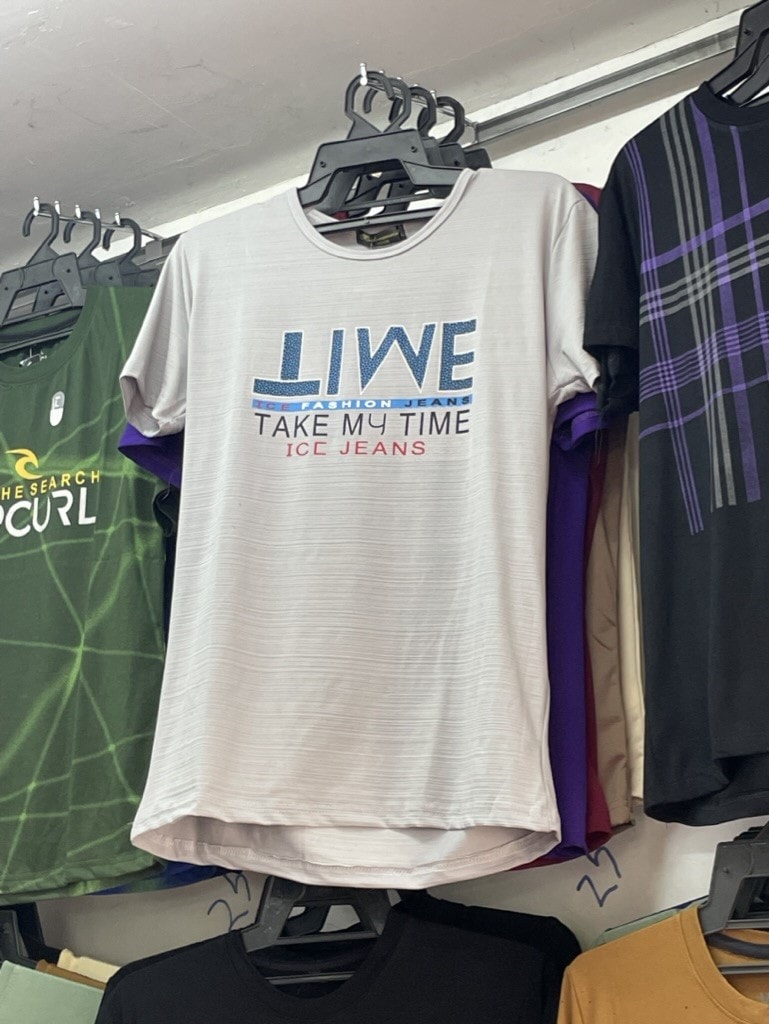
Like cities, time is not static. It can stay still, advance, and disintegrate alongside its inhabitants. There are pockets that move slower, others that make speedy headways; some are stuck, as if caught in traffic or a crumbling façade left to weather time’s progression. On the main thoroughfare of Bukit Mertajam, past the outmoded barbershops, watch sellers and sundry stores, was an inconspicuous clothing store. There hung a T-shirt with a perplexing jumble of alphabets, like a prompt asking, “What is the flipside of time?”
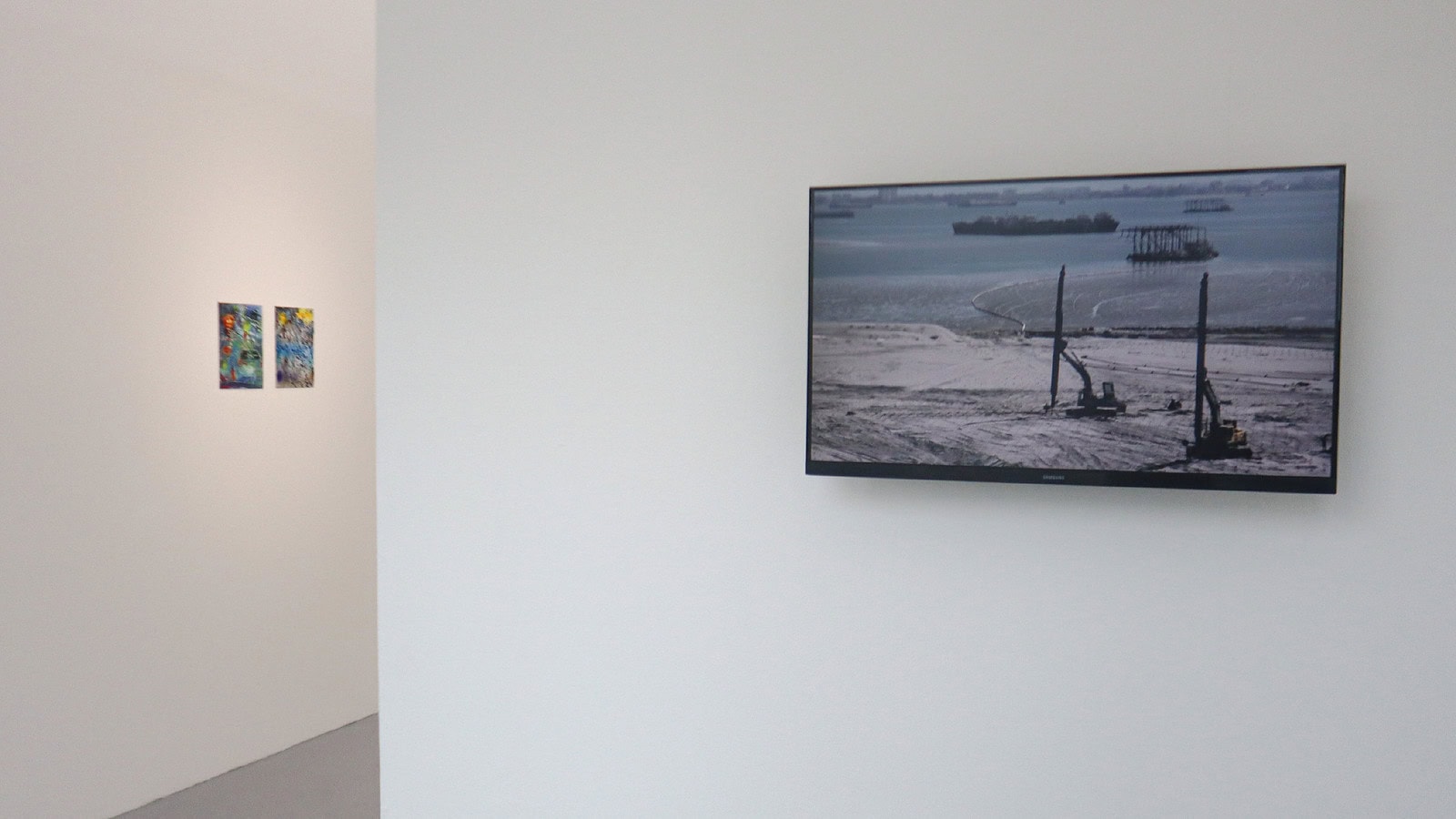
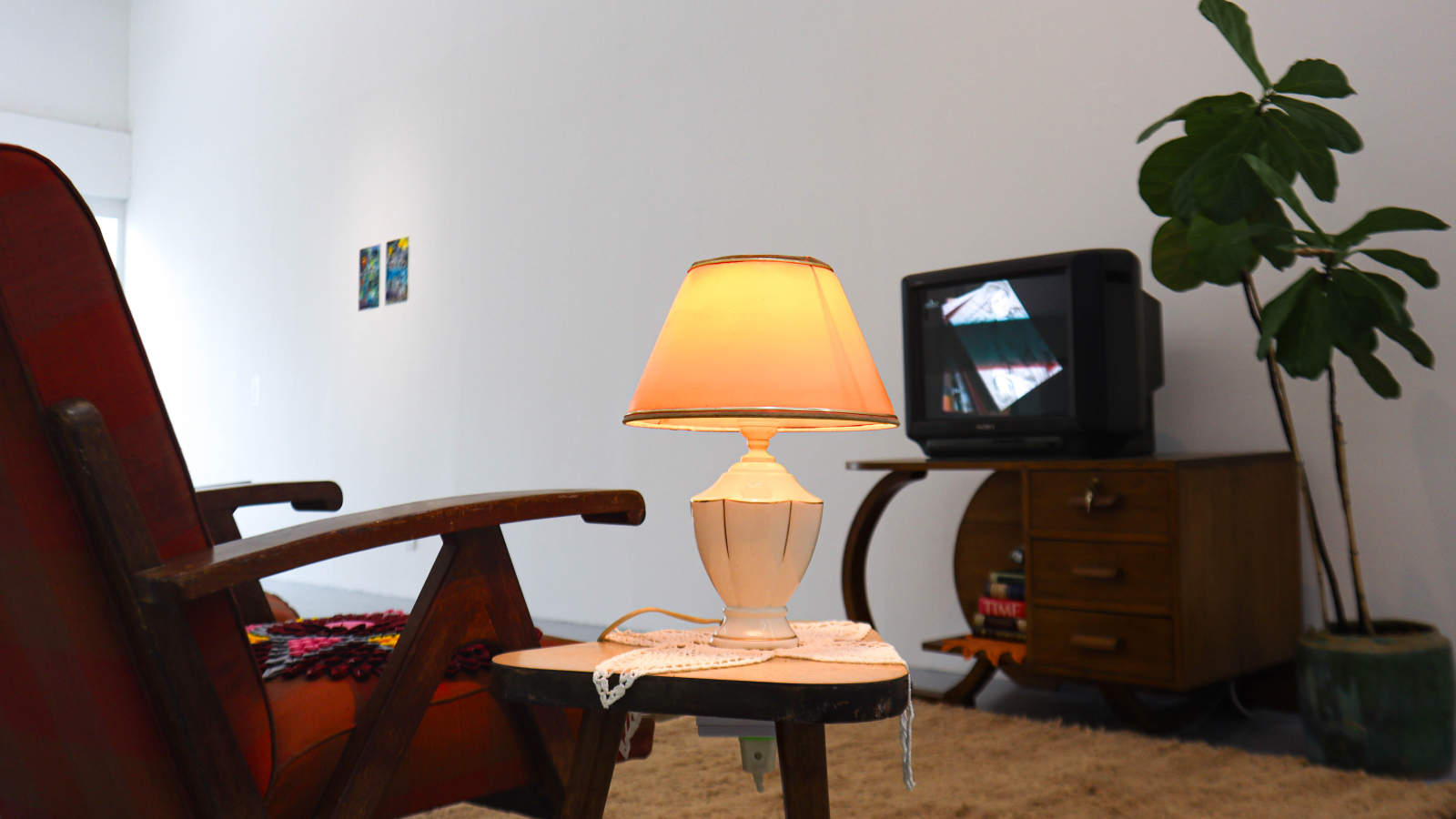
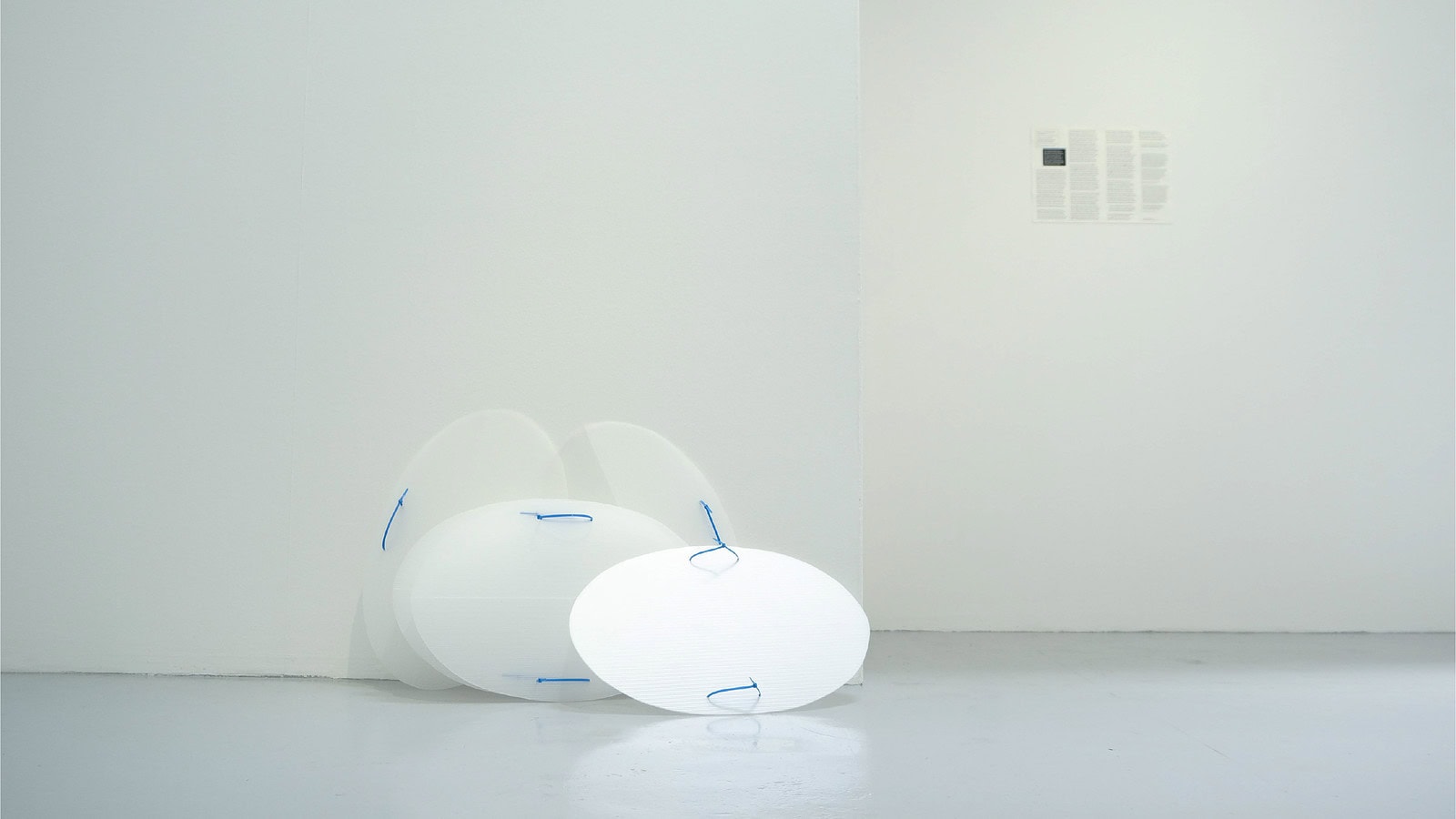
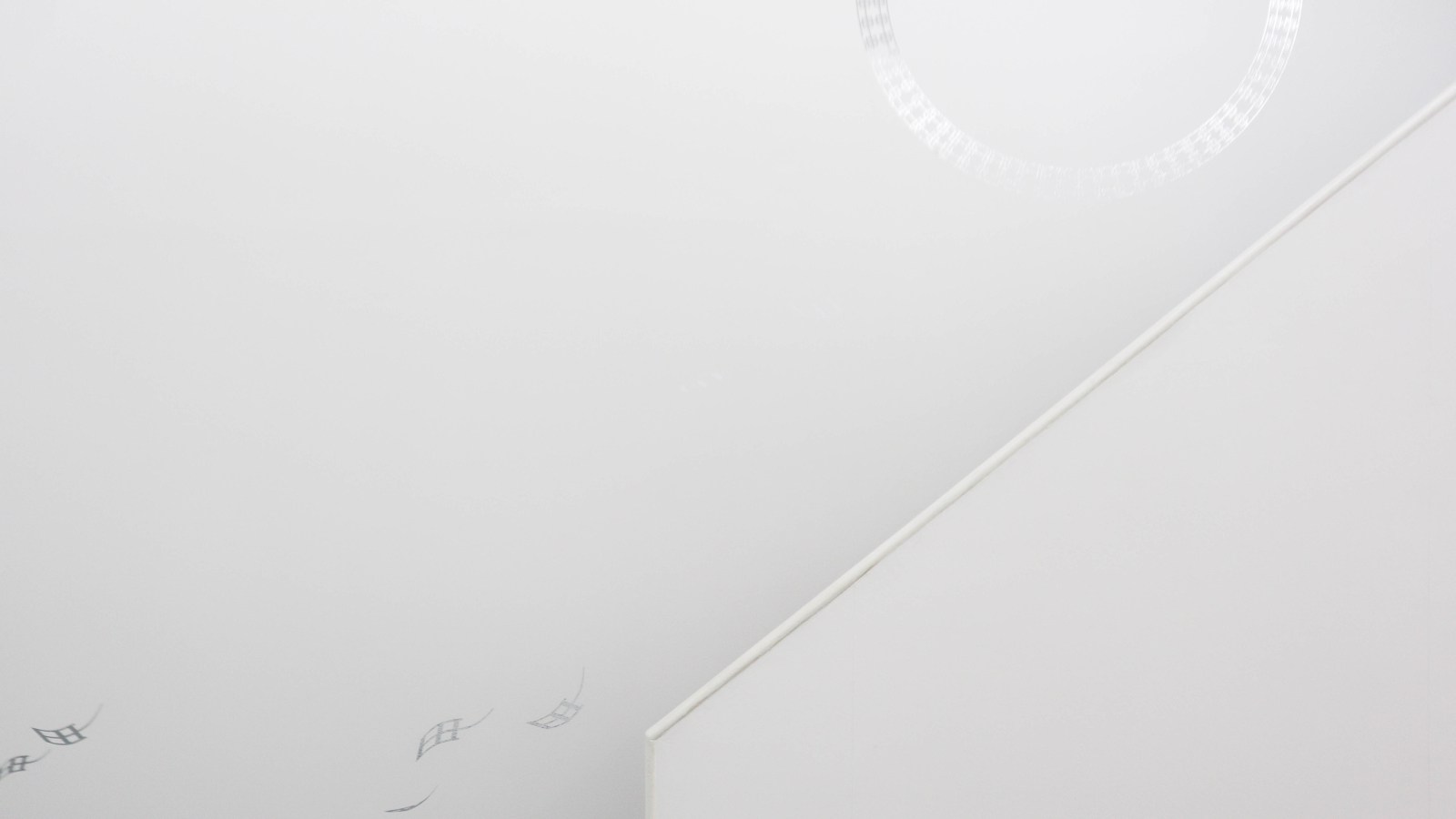
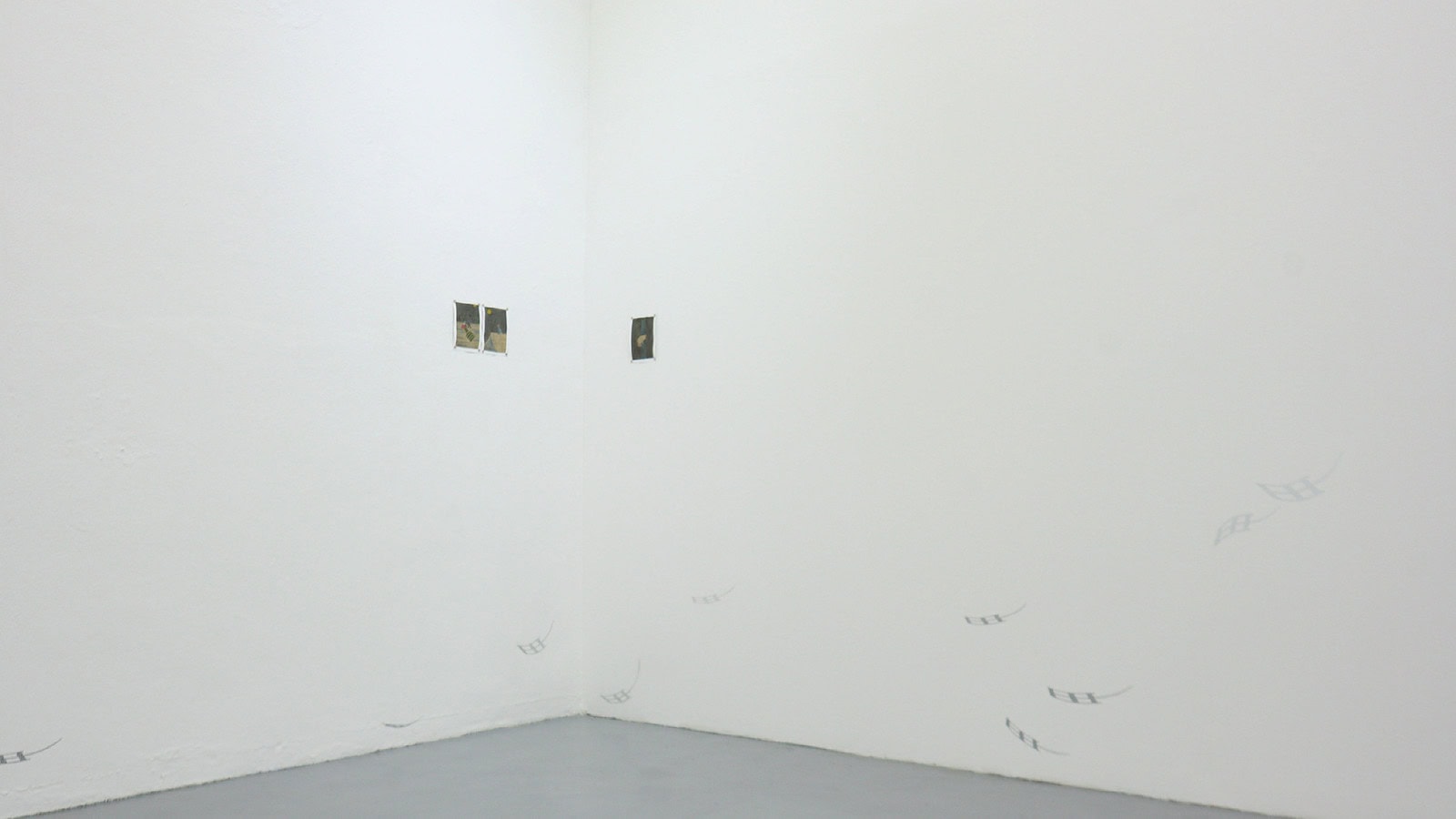
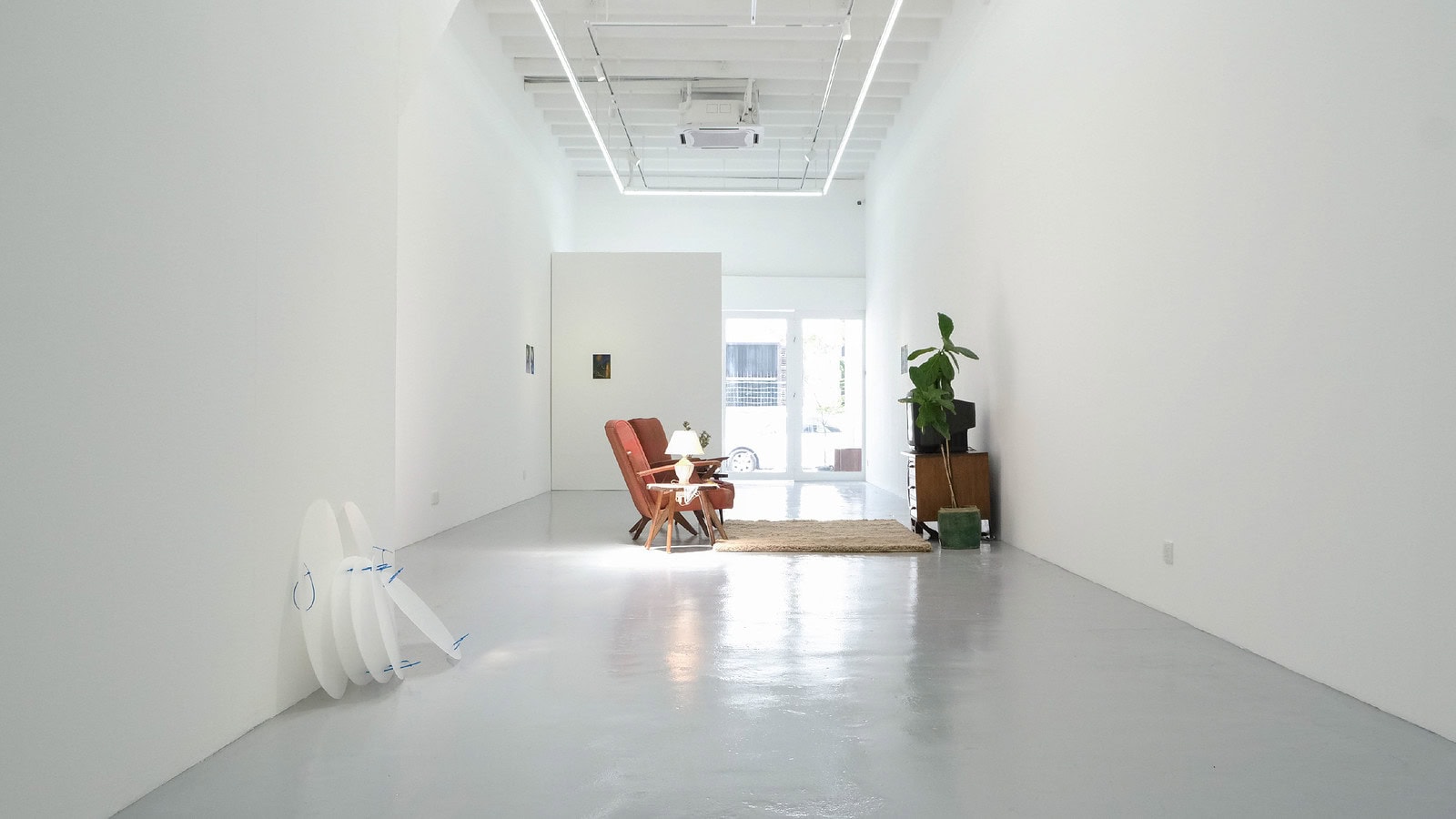
Stories are portals across temporalities. In an era where feeling chronologically unrooted becomes commonplace, the experience of time, as well as the memories and desires they carry can be deeply idiosyncratic and manifold. The poet Dionne Brand wrote, “All artists are involved in their time.” Assembled under the umbrella of ⏊IWE are narratives that probe into time as material and agents of change, and consequently undermine ideologies and values prevalent within our society. These works not only chronicle personal mementos, offer alternative histories and ways of living, but also function as brief pauses to dislocate from the present. In doing so, they open other ways of how one can relate to our own time.
–
⏊IWE is the outcome of Christina Li’s three-week long curatorial residency at Blank Canvas in November 2023.
Hasanul’s new evocative series Nightjar is inspired by his nocturnal walks. They are conceived as a response to reclaim a body desensitized from the onslaught of visual, mental, and internal noises inherent within our fast-paced contemporary life and the urban environment. Through this daily practice of walking, the artist is compelled to thoroughly embrace every sensation and emotion in minute detail. These walks are pockets of contemplation that removes him from the demanding cacophony and extends time that otherwise flies by. In this delicate timezone that Hasanul has reclaimed for himself, is a profound moment of discovery for his surroundings and himself where he feels at home in his own time and space.
The artist writes, “During these long nights of walking my vision gets thinner. My olfactory senses heighten, and I can smell the scent of flowers that are released only at night to attract pollinators such as bats and moths. It sometimes crosses my mind that these trees could be as old as my father. It transports me to another world, in which I bathe in the stars and feel their seeming motion; I watch the moon change its colour each night or catch a glimpse of what might be a shooting star and hearing the occasional nightjar. Silence can be an abstract concept whereas walking is clearly an action. Night walking distances me from the distraction of everyday life and acts as a purifier that sanctify me and pushes me to navigate without the help of applications and give in to the feeling of being lost.”
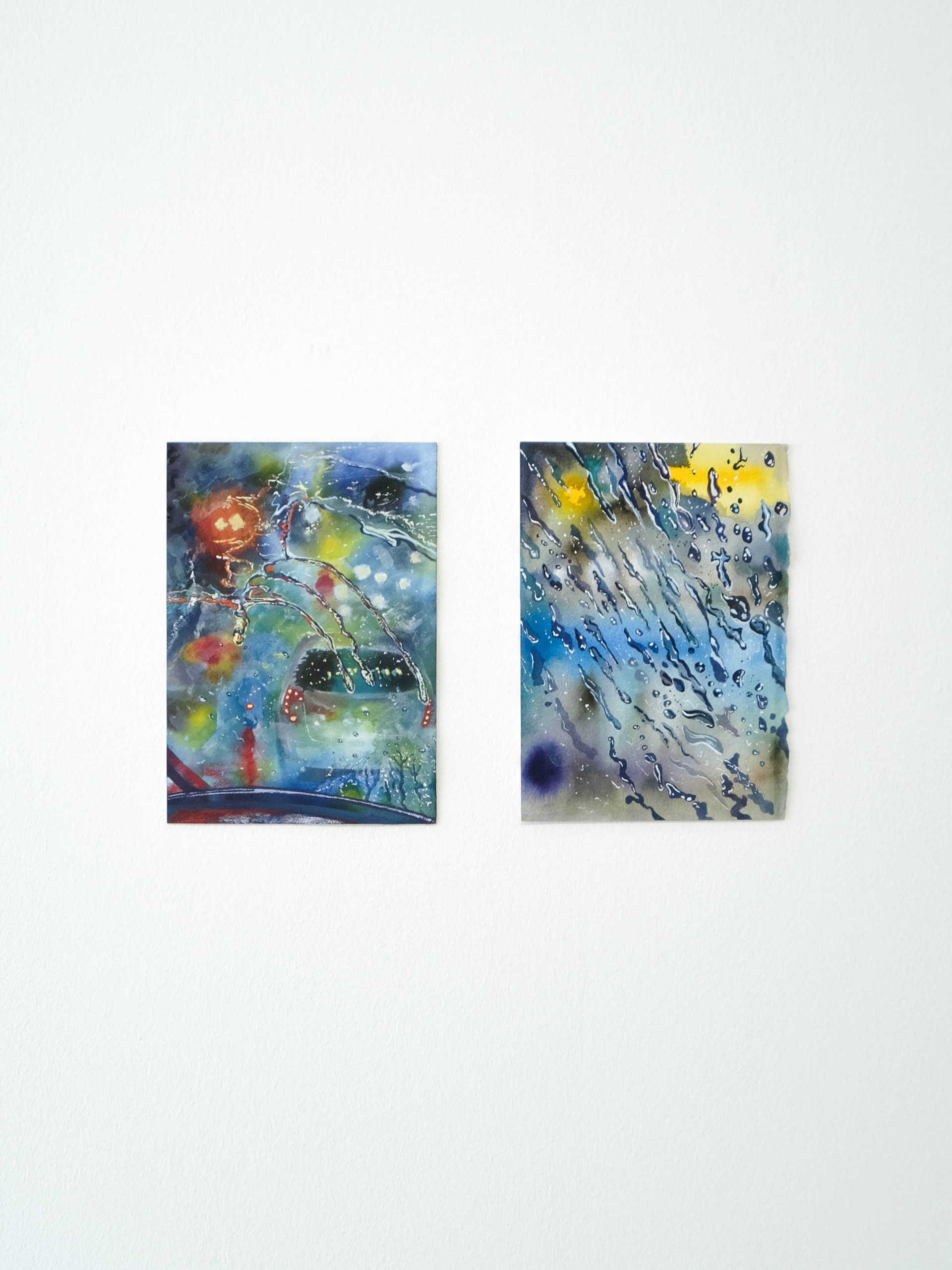
Dust and Smoke, Skin of Water
Hasanul Isyraf Idris
2024
Ink, watercolor, and guoache on cotton paper
30 x 21 cm each

Foxfire
Hasanul Isyraf Idris
2024
Ink, watercolor, and guoache on cotton paper
30 x 21 cm
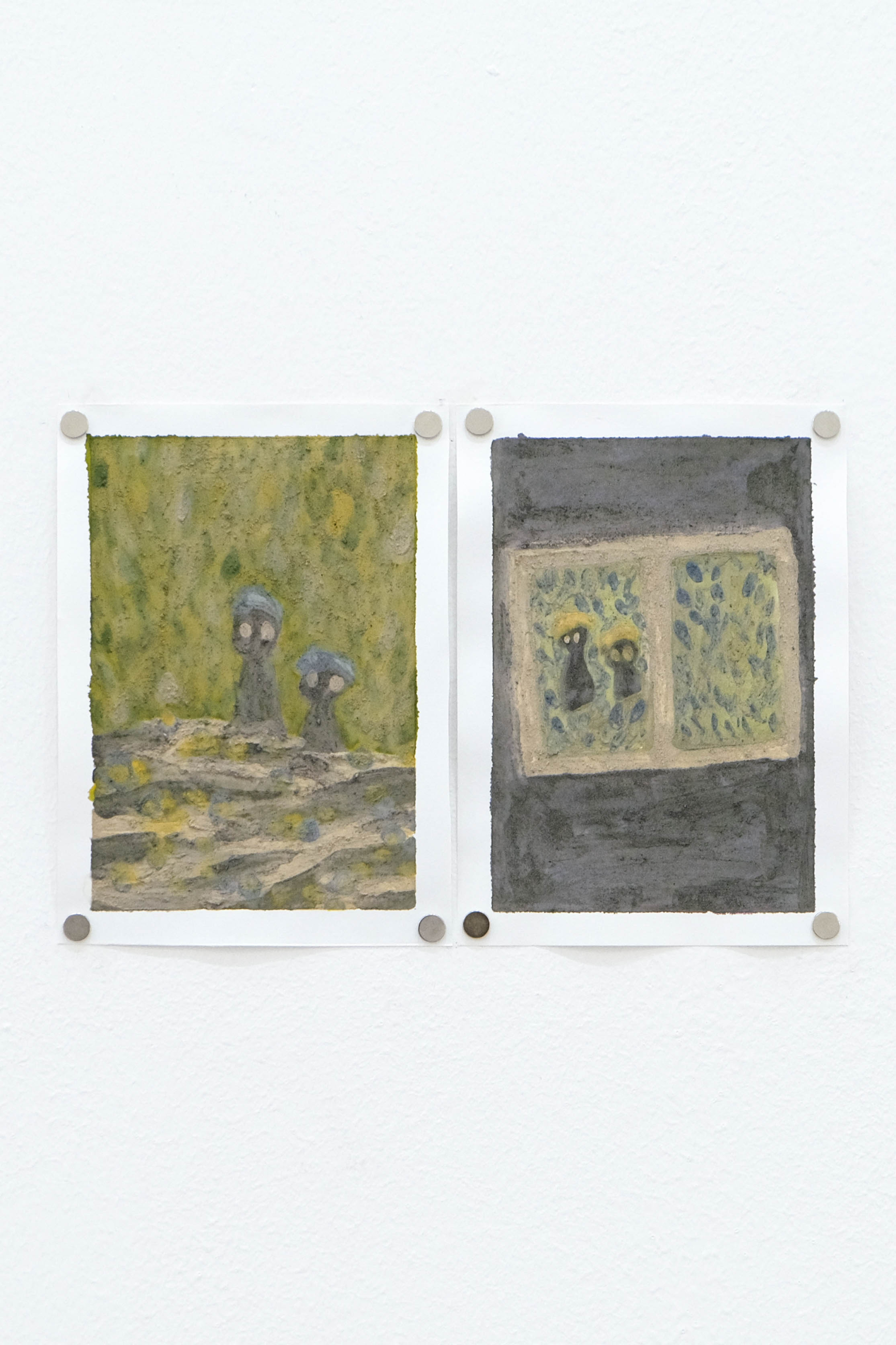
Kisah Sekali (Once Tales)
Nurul Ain binti Nor Halim
2024
12 ash paintings
13.5×19 centimeters each
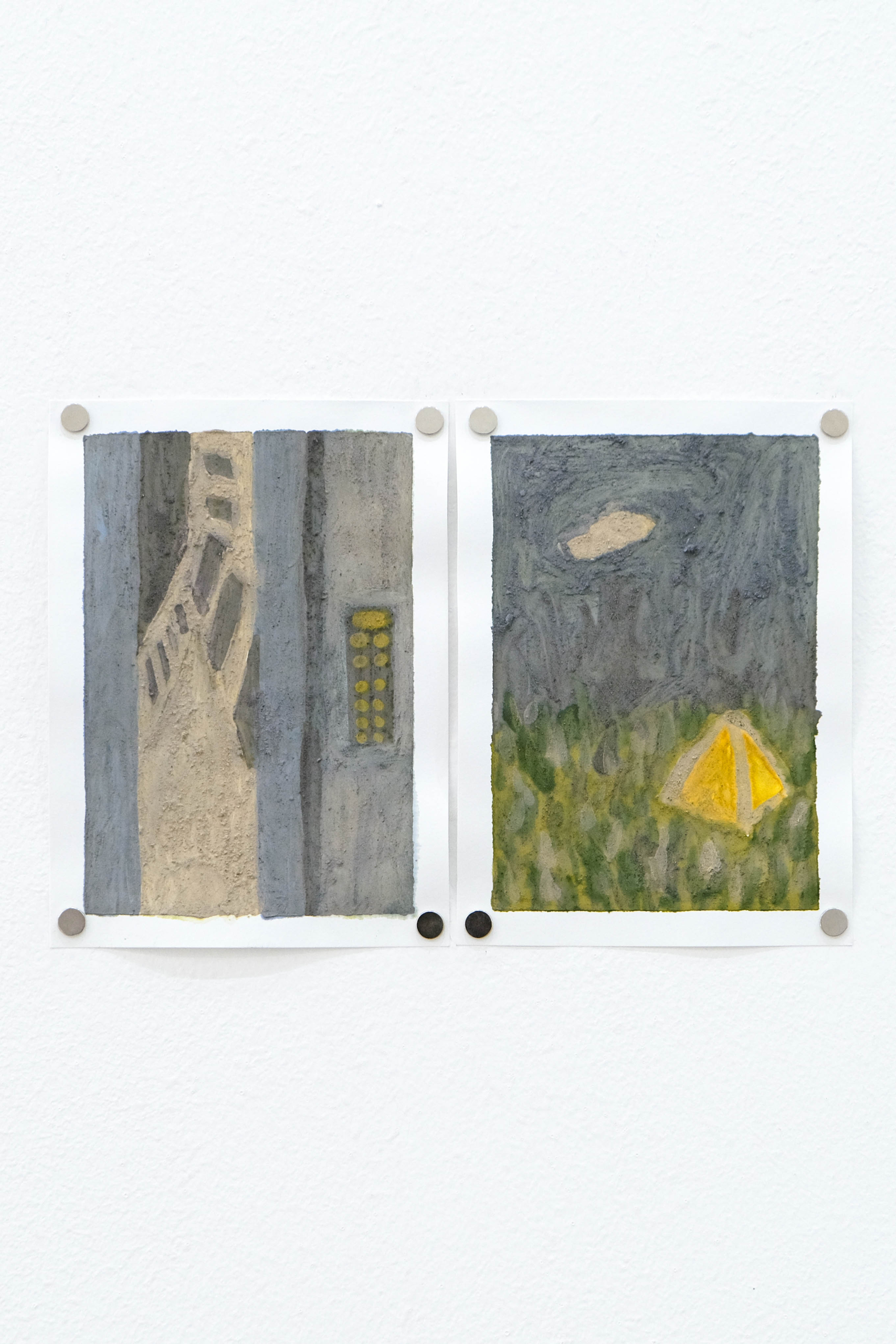
Using leftover ash from her pottery works, Ain’s suite of paintings capture tales that has long been passed on orally throughout her family. The phantom figures and other-worldly scenes outlined on these miniature works on paper, some cautionary tales, others curious occurrences, serve as fleeting records before the ash markings dissipate with time’s passing.
Placed in the storage area of Blank Canvas is an intimate video that draws from our quotidian experiences, as well as our evolving relationship to family and, in this case, to our mothers. Curator Wong Bing Hao describes the work: “Chow records her mother arranging flowers in their family home in Penang, Malaysia, while watching a melodramatic Malaysian or Singaporean Chinese television show. The majority of the frame is restlessly vacant, as Chow’s mother occupies the left background throughout the video. Chow’s father makes a brief cameo.
About halfway through the 14-minute-long digital video, Chow’s mother starts to pay close attention to a tense exchange between a disgraced daughter who begs her reluctant father to be taken back into the family fold. Viewers never see the television content itself, only the silence that transpires between the artist and her mother. A moment, perhaps, of tacit appreciation. In a glass partition behind Chow’s mother, momentary reflections of the television’s shutter-like brightness can be glimpsed.”2 As the viewers witness Chow’s mother arranging flowers in real time, one is reminded on the familiar and uncanny, the eventful and mundane moments, all of which constitute how we find belonging in an ever-changing world.
Effeminacy
Kah Bee Chow
2012
Digital Video
14 minutes 5 seconds


Dialogue with the Artist




Nightjar - Nightwalks with Hasanul Isyraf Idris
20 April 2024, Saturday & 24 April 2024, Wednesday, 8:30pm – 10:00pm
A guided night walk led by artist Hasanul Isyraf Idris through the USM campus, exploring the sights, sounds, and sensations of the nocturnal environment. The walk offers a glimpse into the flora and fauna that inspire Hasanul’s detailed and imaginative visual worlds, providing insight into the elements that inform his painting practice.
ABOUT the Artist
Kah Bee Chow works with forms of enclosures in relation to animals and the human body, with close attention to particularities of space and site, through sculpture, video and text. She lives and works in Malmö and Penang, Malaysia. Chow received her MFA in 2012 from Malmö Art Academy in Sweden and her BFA in 2004 from Auckland University of Technology in New Zealand.
Website: www.kahbeechow.com/
Instagram: https://www.instagram.com/kbc___/
Hasanul Isyraf Idris (b.1978, Perak, Malaysia) was trained at Mara University of Technology (UiTM), Perak, Malaysia and is presently based in Penang, Malaysia.
His practice spans a variety of media, including painting, drawing, installation, video work and sculpture. His works typically manifest hybridity of fictional and surreal iconography drawn from the personal invention as from a mélange of pop cultural references, such as comic books, science fiction, street art and film. He personifies his personal struggles as an artist with strange characters and creatures that inhabit his invented universes.
His solo exhibitions include Spiritual Zoo (2021) at Richard Koh Fine Art, Singapore, HOL: Scab: Crying Tiger In The Night Market (2019) at Art Jakarta, and HOL Chapter 2.3, Wound: Environment of Naga and Doubt (2018) at VOLTA New York. His works have been presented in group exhibitions such as Another Continent (2022) at Taitung Art Museum, Taiwan, Tranchée Racine (2021) at Halle Saint Pierre, Paris and FIELD MEETING Take 6: Thinking Collections (2019) at 13th Edition of Asia Contemporary Art Week, Dubai.
Hasanul was the winner of the Young Contemporary Arts Award (2007) at Balai Seni Visual Negara, Kuala Lumpur. His work is most recently featured in publication In The Heads of Stéphane Blanquet Halle Saint Pierre, Paris (2021) by United Dead Artists. He also had two self-published zines, 3 TABIB HooHaZat (2021) and Kakrol (2017).
Instagram: www.instagram.com/hasanulisyrafidris/
Nurul Ain Binti Nor Halim (b.2000, Bangkok, Thailand), in short Ain, is an artist born in Bangkok, Thailand and raised in Indonesia, Malaysia, and Japan, which makes her have a diasporic identity and longing for belonging. Her practice includes videos, audio, and installations that focus on themes such as belonging, language, memories, and national and cultural identity. Her work reflects her interest in post-colonial discourses, such as cultural preservation, exoticism, craftsmanship, and archives. Besides that, she questions the position and role of artists in decolonization, with references to Aimé Césaire, “Man of Culture”, and how one embraces a post-colonial history and reconstructs itself through culture and arts.
Website: ain.hotglue.me
Instagram: https://www.instagram.com/ainhannur/
Wong Hoy Cheong (b.1960, Penang, Malaysia ) studied critical theory & literature, developmental psychology & education, and visual arts from Brandeis University, Harvard University and University of Massachusetts, Amherst.
As an artist, he works in a range of visual media including photography, video, drawing, and installation. His work often engages with communities and explores the retrieval of marginalised narratives; addresses the intersections of authenticity and indigeneity, migration and globalisation; and the slipperiness that lies between fact and fiction, past and present.
Wong has been the subject of solo exhibitions at Eslite Gallery, Taipei (2010), NUS Museum, Singapore (2008), National Art Gallery, Kuala Lumpur (2004 & 1996); Pitt Rivers Museum, Oxford (2004), Kunsthalle, Vienna (2003); John Hansard Gallery, Southampton (2003); and Bluecoat Gallery, Liverpool (2002).
He has also exhibited in international group exhibitions including the Folkestone Triennial (2021 &2017), Sydney Biennial (2018), Sunshower (Mori Art Museum, 2017), Ural Industrial Biennale of Contemporary Art (2015), No Country (Guggenheim Museum, 2013), Photo Espana (2011), Lyon Biennale (2009), Fukuoka Triennial (2009 & 1999), Taipei Biennial (2008), Istanbul Biennale (2007), Guangzhou Triennial (2005), Liverpool Biennial (2004), Venice Biennale (2003), and Gwangju Biennale (2000) and Asia Pacific Triennial, Brisbane (1996).
Wong lives and works in Penang, Malaysia.
ABOUT the Curator
Christina Li is an independent curator and writer who lives and works in Amsterdam. She has taken up numerous curatorial roles at Para Site in Hong Kong (2005–2008), SKOR in Amsterdam (2009–2010), basis voor actuele kunst in Utrecht (2010–2011) and as director of Spring Workshop in Hong Kong (2015– 2017). She has presented exhibitions in Europe and Asia, including the Pavilion of Finland at the 59th Venice Biennale, Hong Kong’s presentation at the 58th Venice Biennale, Lafayette Anticipations in Paris, Tai Kwun Contemporary in Hong Kong, Z33 in Hasselt, and most recently the second edition of Ghost–a triennial video and performance art series in Bangkok. Over almost two decades, she has commissioned and worked with artists including Neïl Beloufa, Xinyi Cheng, Elmgreen & Dragset, Lee Kit, Rabih Mroué, Pan Dajing, Koki Tanaka, Pilvi Takala, Emily Wardill, Wu Tsang and Young-hae Chang Heavy Industries. Her writing has appeared in Artforum, Art Review Asia, LEAP, Parkett, Spike, and Yishu Journal of Contemporary Art among others.

